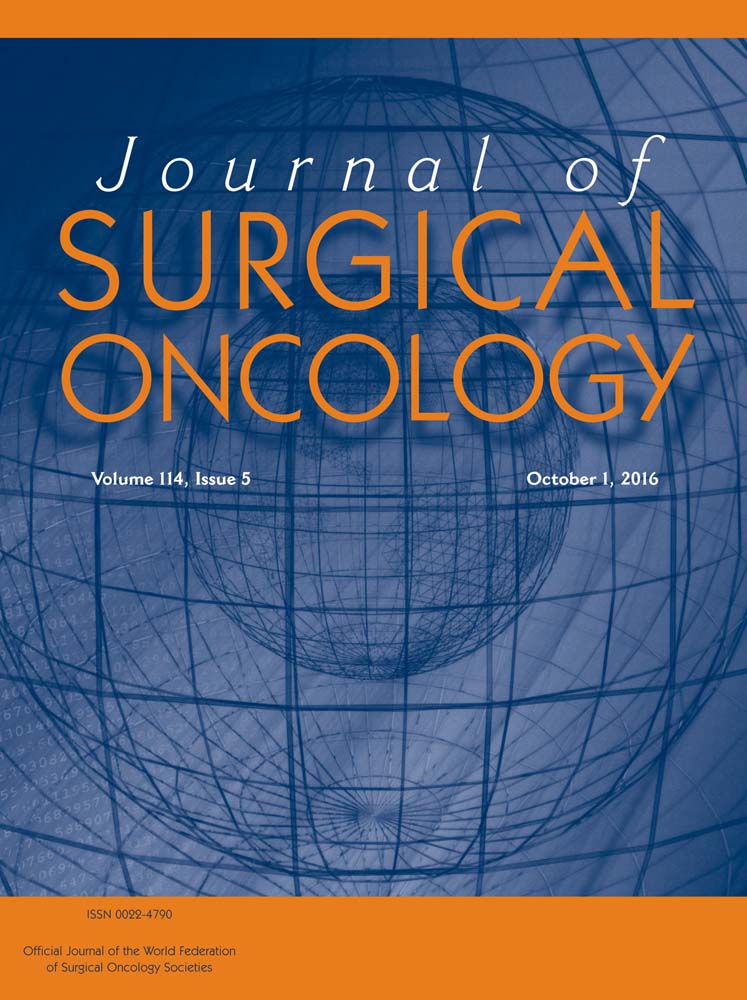Atypical medullary carcinoma of the breast has similar prognostic factors and survival to typical medullary breast carcinoma: 3,976 cases from the National Cancer Data Base
Abstract
Backgrounds and Objectives
Medullary breast carcinoma (MBC) is a subtype with a more favorable prognosis. Tumors with some, but not all, characteristics of MBC are classified as atypical medullary carcinoma of the breast (AMCB).
Methods
Patients with invasive MBC and AMCB reported to the National Cancer Data Base (NCDB) from 2004 to 2013 were compared for tumor characteristics and overall survival, using infiltrating ductal carcinoma (IDC) as a reference.
Results
Patients with MBC (n = 3,688), AMCB (n = 288), and IDC (n = 918,870) met inclusion criteria. Comparing MBC with AMCB, the mean age at diagnosis (52.9 vs. 53.9 years), mean tumor size (2.4 vs. 2.5 cm), lymph node positivity (22.8% vs. 22.4%), estrogen receptor (ER) positivity (22% vs. 25%), progesterone receptor (PR) positivity (14% vs. 15%), HER2 positivity (11% vs. 14%), rate of breast conserving surgery (67% vs. 68%), use of chemotherapy (76% vs. 75%), and use of hormonal therapy (19% vs. 18%), respectively, were not clinically or statistically different. Five-year (92% vs. 89%) and 10-year survival rates (85% vs. 87%) were not significantly different (P = 0.46).
Conclusions
There does not appear to be any reason to differentiate between AMCB and MBC given the similarities in presentation, treatment and prognosis. J. Surg. Oncol. 2016;114:533–536. © 2016 Wiley Periodicals, Inc.




